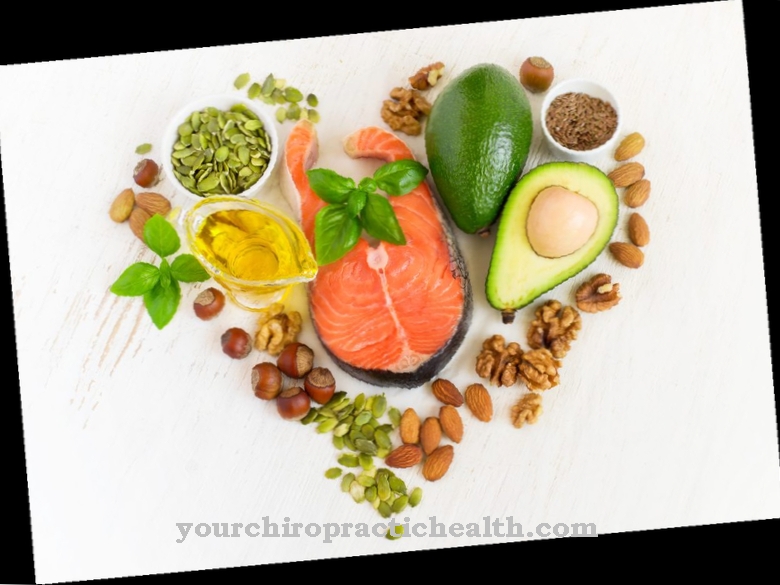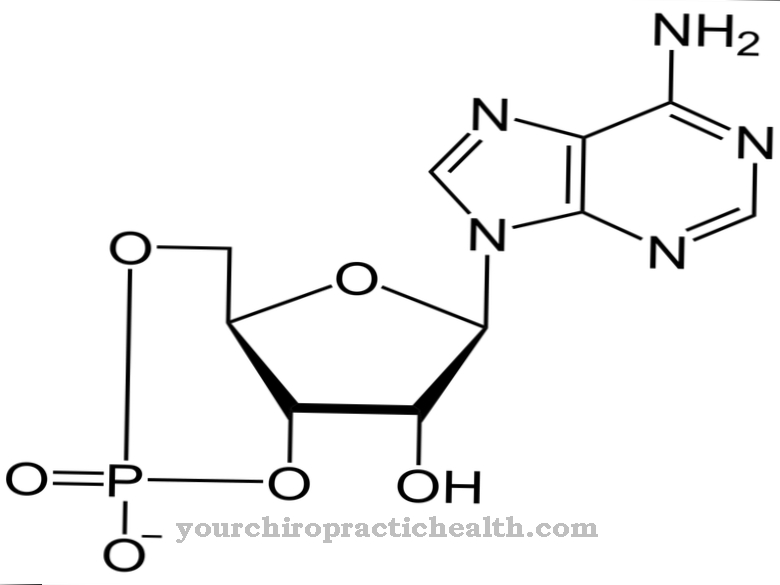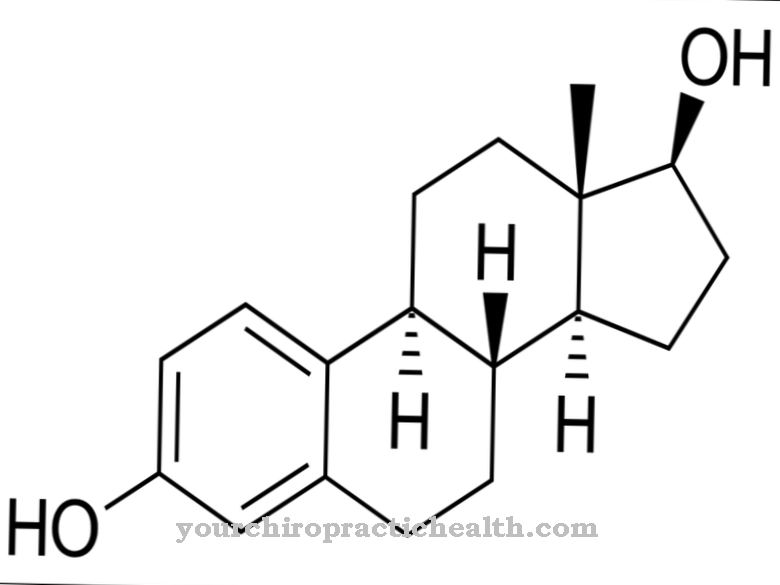Carotenoids are contained in various types of fruit and vegetables and have many health-promoting properties. Probably the best known carotenoid is beta-carotene.
What are carotenoids?
Carotenoids are secondary plant substances. Since the body cannot produce them on its own, they have to be taken in through the daily diet. Scientists have identified around 600 carotenoids to date.
The health-promoting substances are divided into two groups (carotenes and xanthophylls). They differ in terms of their molecular structure: carotenes only consist of carbon and hydrogen atoms, xanthophylls also have an additional hydroxyl group. The carotenes include alpha-carotene, beta-carotene, and lycopene. These carotenoids are heat resistant. Lutein, beta-cryptoxanthin and zeaxanthin are known xanthophylls. Food containing these carotenoids should not be heated under any circumstances, as high temperatures destroy their bioactive ingredients.
Carotenoids are fat-soluble and colored (red, yellow, orange). A tenth of them can be used for vitamin A synthesis. Besides beta-carotene, alpha-carotene and beta-cryptoxanthin are also able to produce the important vitamin.
Function, effect & tasks
Carotenoids are important antioxidants. They give off electrons and can thereby render radicals harmless. This prevents the oxidation of LDL cholesterol in the vessel walls and thus the development of arteriosclerosis. The age of all cells is increased.
This anti-aging effect is particularly evident in the skin cells: premature wrinkling is prevented. The more carotenoids there are in the blood, the better the body is protected from even carcinogenic free radicals. In order to increase their antioxidant and cell-protecting effects, the consumer should definitely consume foods containing carotenoids together with vitamin E and glutathione. The anti-carcinogenic properties of the active ingredient group are shown in the fact that they inhibit both the growth of tumor cells and their reproduction (cytostatic effect).
Various carotenoids such as beta-carotene are able to synthesize the antioxidant vitamin A (retinol). It builds up the gastric mucosa and protects against aggressive stomach acid. Retinol also improves the transfer of information between cells. In the brain of older people, it inhibits the development and progression of the dreaded Alzheimer's disease by promoting communication between nerve cells. To build up the important vitamin A, beta-carotene requires oxygen and an iron ion. In addition, carotenoids have a strong anti-inflammatory effect. They promote the reproduction of the B, T and T helper cells of the immune system and increase the activity of the killer cells.
A high carotenoid level in the blood serum automatically results in a low interleukin-6 level. Since the carotenoids are also deposited in the top layer of the skin, they offer the skin protection against harmful UV light. To get the best effect on the body, the consumer should combine the carotenoids with unsaturated fatty acids, iron-containing foods and foods that contain vitamins A, D, E and K. Beta-carotene foods are most useful if they have been previously crushed or heated. The carotenoid lycopene is easier to break down when it comes from processed foods (tomato juice instead of raw tomato).
Education, occurrence, properties & optimal values
Carotenoids are formed in the chromoplasts of red and yellow vegetables and fruits (peppers, tomatoes, beetroot, apricots) and in the chloroplasts of green vegetables. There, however, their red or yellow coloring is covered by the green of the chlorophyll. Green vegetables contain 60 to 80% xanthophyll.
In the human body, carotenoids are found in varying concentrations, mainly in the cell walls. There are around 40 carotenoids in the blood serum. With 15 to 30% beta-carotene is most strongly represented there. 65% of the carotenoids are stored in human adipose tissue. The liver, adrenal gland, ovaries and testes are the organs with the highest concentration of carotenoids. In order to adequately supply the body with beta-carotene, the consumer should consume 2 to 5 mg daily. This value corresponds to a beta-carotene concentration of at least 0.5 u mol / l in the blood plasma. A beta-carotene deficiency is present if the value is below 0.3 u mol / l.
The "5 a day" rule provides even better protection against carotenoid deficiency: 5 servings of red, yellow, green fruit and vegetables daily. In this way the consumer comes up with an amount of 10 to 25 mg of mixed carotenoids. Even with food supplements, the user should make sure that they contain as many different carotenoids as possible.
Diseases & Disorders
If a person does not consume enough carotenoids, there is a carotenoid deficiency. An undersupply of beta-carotene automatically leads to a deficiency in vitamin A.
Those who consistently take in too few carotenoids are at an increased risk of cancer. In addition, the likelihood of developing cardiovascular disease (heart attack, stroke, etc.) is very high. Further possible consequences of an insufficient supply of carotenoids are: visual disturbances up to macular degeneration, cataracts, growth disorders in children, increased susceptibility to infections, pigment disorders, skin cancer. The destruction of the blind spot on the retina of the eye (macular degeneration), which usually occurs in older people, can even lead to blindness.
In addition, some carotenoid-deficient patients develop sarcopenia (muscle wasting) - a disease that is not only associated with muscle weakness and restricted mobility and even immobility, but also greatly increases the risk of falls. The administration of carotenoids brings about an improvement in Vitiligo (white spot disease). The non-pigmented skin areas darken slightly, so that the difference between sick and healthy skin areas can no longer be seen so clearly.













.jpg)

.jpg)
.jpg)











.jpg)